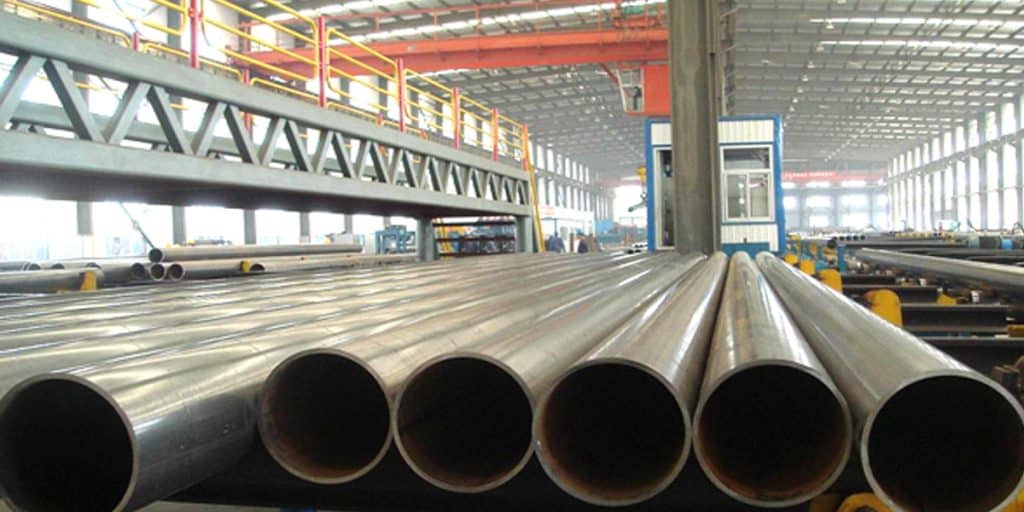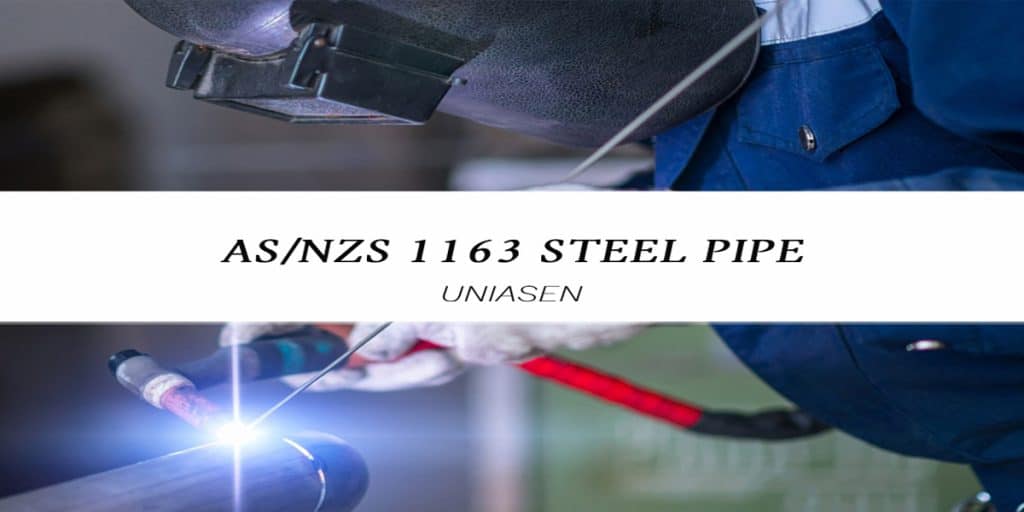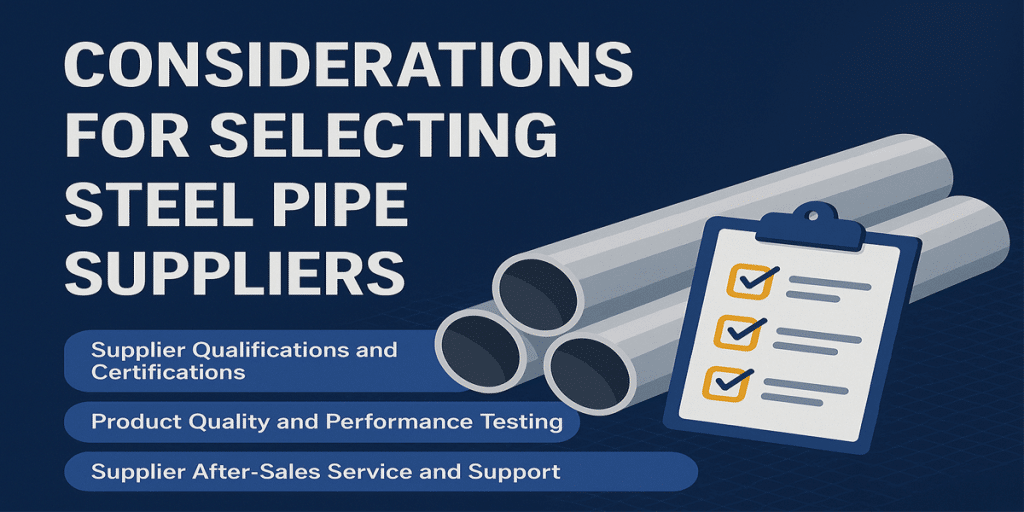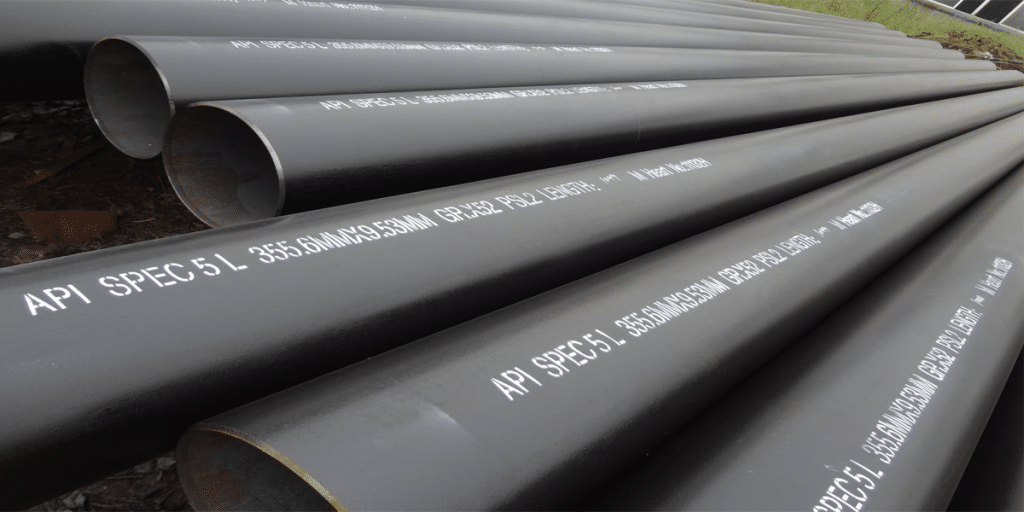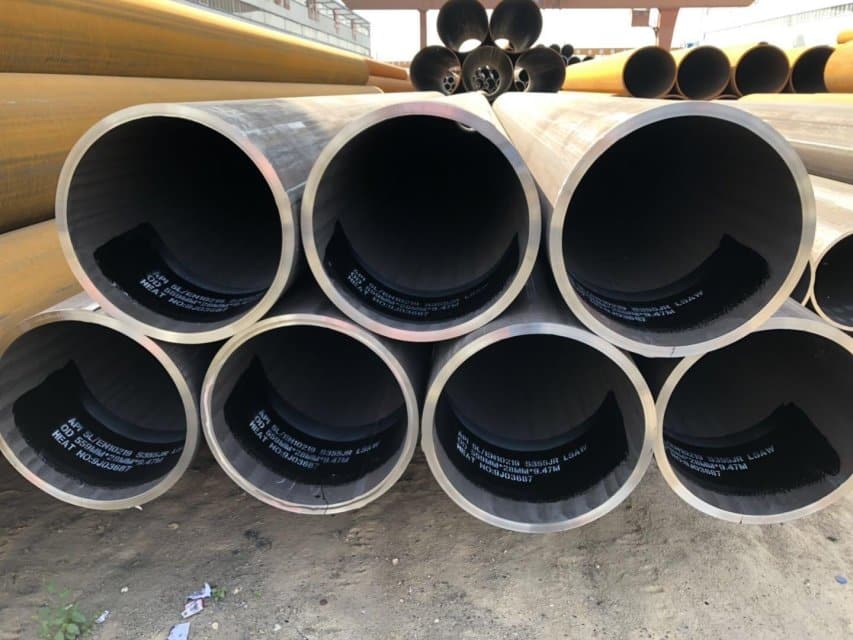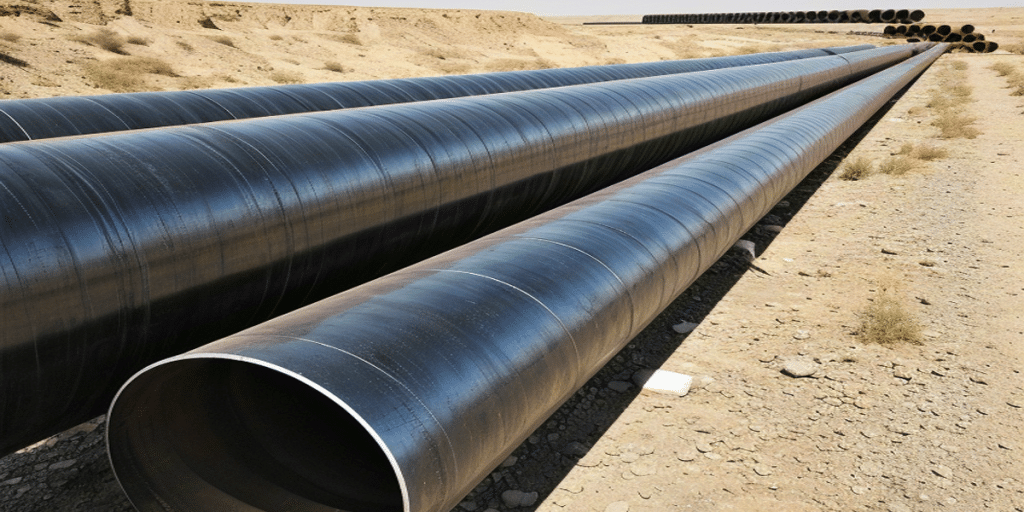To verify whether an ASTM A53 supplier is “qualified and authentic,” the most critical steps are: checking Material Test Certificates (MTC/MT) and third-party witness reports, confirming the supplier’s production processes and weld treatment (especially the post-weld heat treatment requirements for ERW Grade B), conducting on-site factory audits or third-party sampling inspections, and reviewing the supplier’s qualifications and historical project records. These steps can minimize quality and compliance risks to the greatest extent.
Why Verification Is Necessary
Non-compliant ASTM A53 pipes may have issues such as inconsistent chemical composition, insufficient mechanical properties, untreated/untempered welds, or lack of traceable MTCs. These problems can ultimately lead to project rework or safety accidents. Therefore, during procurement, it is essential to strictly adhere to the three key checkpoints: certification, process, and inspection.
Verification Process (Step-by-Step Guide)
- Clarify Technical Requirements in the Contract (Buyer’s Preparatory Step)
Specify the standard version (ASTM A53/A53M), Type (E/F/S), Grade (A/B), dimensions, tolerances, end finishes, surface treatment (hot-dip galvanizing/black pipes), and the required MTC type (e.g., EN 10204 3.1 or 3.2).
- Request and Review Material Test Certificates (MTC / Mill Test Report)
Key items to review: chemical composition, tensile/yield strength/elongation, impact test (if specified), post-weld heat treatment records, and the correspondence between heat lot/batch numbers and quantities. The key verification points for certificates and examples are shown in the table below:
| Verification Item | Why It Matters | How to Verify |
| MTC Type (3.1 / 3.2) | 3.1 provides batch-specific test data issued by the manufacturer; 3.2 requires witnessing by a third party (notary). | Request a scanned copy and verify the original signature/seal and third-party organization information. |
| Chemical Composition | Determines the material’s physical and welding properties. | Compare with the allowable values in the ASTM A53 standard; conduct sampling and chemical analysis for verification. |
| Mechanical Tests (Tensile/Yield Strength) | Ensures compliance with structural/pressure design requirements. | Verify the testing machine curves/specimen numbers and their correspondence to the shipped quantity. |
| Post-Weld Heat Treatment Records (ERW Grade B) | Welds of ERW Grade B must undergo post-weld tempering to prevent residual untempered martensite. | Check the heat treatment batch number, temperature records (e.g., requirement of ≥540°C/1000°F), and duration records. |
| NDT/Inspection Records (UT/RT/Hydro) | Ensures no critical defects in welds and pipe bodies. | Request UT/RT inspection reports, sampling images, or third-party witness records. |
- Request Third-Party Witnessing or On-Site Factory Inspection
For large-value or critical projects, it is strongly recommended to arrange for a third party (e.g., SGS, Bureau Veritas) to witness on-site chemical and mechanical tests, NDT, and factory acceptance inspections. Alternatively, require the supplier to accept on-site sampling and witnessing by the buyer or a buyer-designated third party. Third-party inspections can significantly reduce the risk of certificate fraud.
- Review Factory Capabilities and Quality Management Systems
Verify whether the factory has ERW/LSAW production lines, on-line UT/RT capabilities, a laboratory, and records of welders/welding procedure specifications (WPS). Also, confirm if the factory has obtained certifications such as ISO 9001 quality management systemand the qualifications of key personnel (NDT operators, welder certifications). This helps assess the supplier’s continuous supply capacity and quality control capabilities.
- Sampling Re-Inspection and Acceptance Upon Delivery
After delivery, conduct sampling re-inspections (chemical analysis, mechanical tests, dimensional checks, visual inspection, hydrostatic pressure tests, or NDT) in accordance with the contract. Retain the original MTC and inspection reports for future traceability. It is recommended to specify the sampling ratio per batch in the contract.
Common “Red Flags” and Avoidance Methods
- Red Flags: MTCs without signatures/seals, mismatched heat lot/batch numbers with materials, suppliers refusing third-party inspections, missing post-weld heat treatment records, unusually low prices with short lead times.
- Avoidance Methods: Require verification of original documents, third-party witnessing, submission of specimens to third-party laboratories for re-inspection, factory audits, and verification against the supplier’s customer references.
Why Choose LONGMA?
LONGMA is a manufacturer specializing in the production of ERW and LSAW round pipes, with over 20 years of industry experience and a complete quality management system. We can provide you with:
- Complete, traceable MTCs (supporting 3.1/3.2) and NDT reports, with strict correspondence between post-weld heat treatment records, heat lot numbers, and delivered goods;
- Support for factory inspections and third-party witnessing (cooperating with institutions such as SGS/BV for on-site inspections);
- Customized technical support: providing cost-effective recommendations for ERW/LSAW based on project requirements, as well as sample and testing support;
- Stable production capacity and fast delivery, with batch sampling and post-delivery re-inspection as agreed in the contract.
Need us to issue a supplier verification checklist (directly applicable to bidding/acceptance) or arrange samples and third-party inspections based on your project specifications (ASTM A53 Type/Grade, dimensions, application)? Send your project requirements to us, and LONGMA’s engineering and quality control team will provide an actionable “Inspection and Acceptance Checklist” to help you fully control quality and compliance throughout the procurement process.

